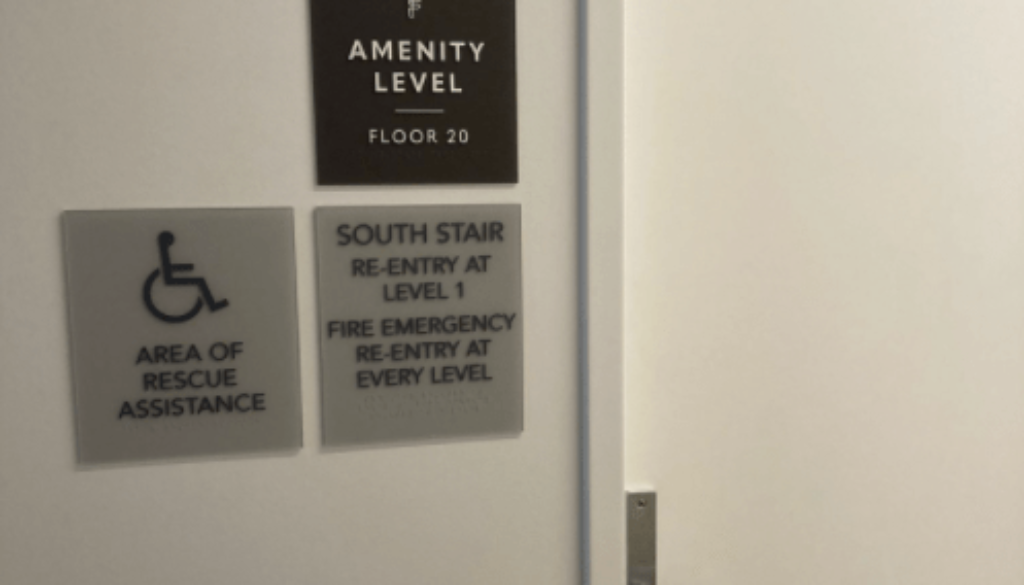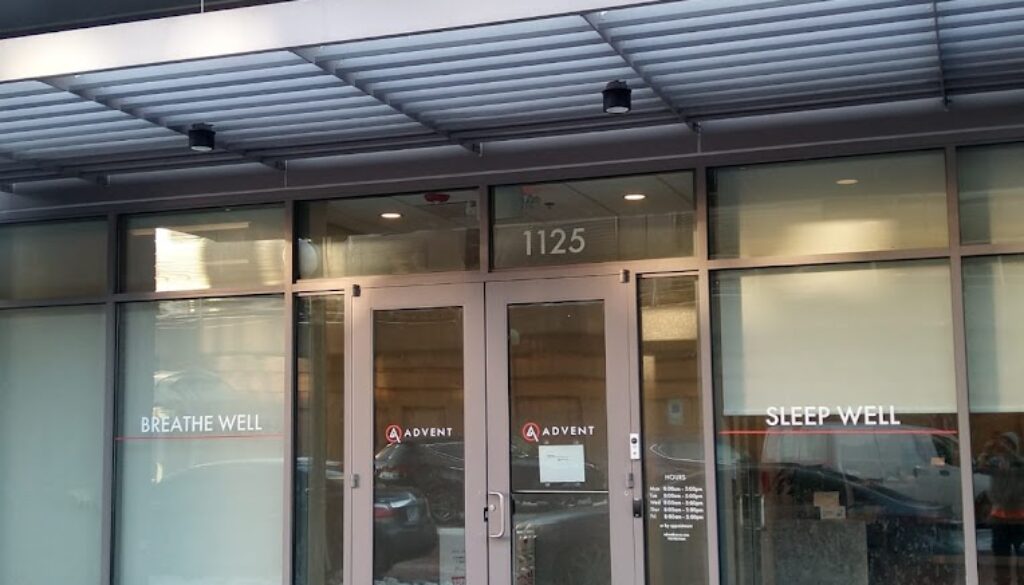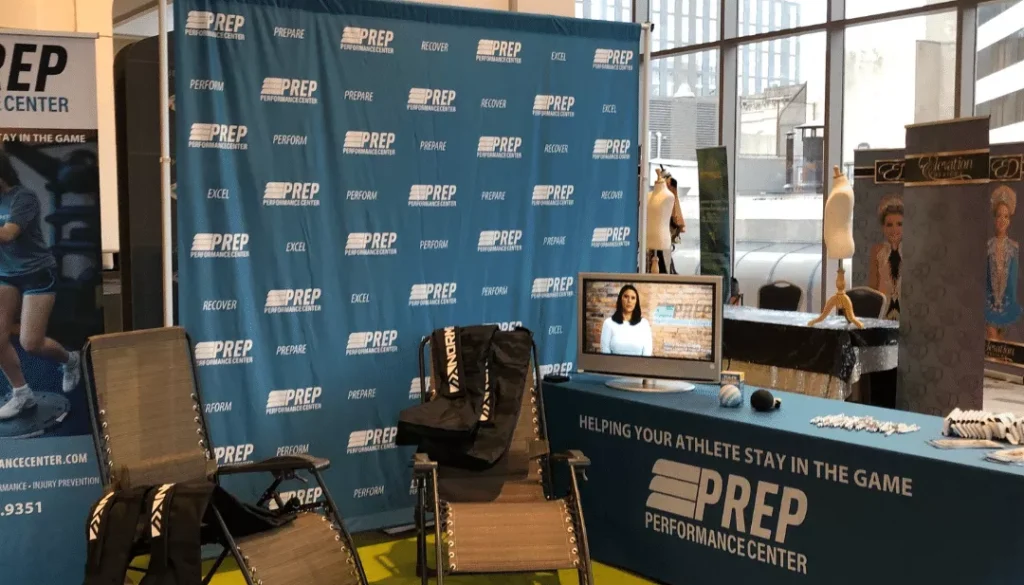When buildings are created, laws exist to ensure that they remain compliant with the Americans with Disabilities Act (ADA). Designed to protect the rights of those with disabilities, this complex series of laws applies to everyone involved in the design, construction, and maintenance of buildings, and applies to architects, general contractors, and more. New construction and alterations to buildings must all comply with the requirements inherent in this act. This includes ADA compliant signage to ensure that those with disabilities are able to adequately navigate a space.
Failure to comply with ADA rules can result in heavy fines or lawsuits, so ADA compliant signs should be taken seriously. However, it may be more helpful to think of these signs as being of benefit to employees, customers, or visitors. You want to make sure people know where they are going to ensure that operations run smoothly in your building.
When you’re planning ahead on a new construction, design is just as important as guidance. Before you break ground, consider how ADA signage plays a role in your building, and find qualified signage experts that can work on your schedule.
What is ADA Compliant Signage?
ADA Compliant signage applies to any and all signs that are relevant to people experiencing disabilities. Types of signage covered under the Americans with Disabilities Act include:
- Directional Signage
- Informational Signage
- Garage Signage for Handicapped Parking
- Permanent Room Signage
Several features distinguish ADA compliant signs from other types of signs. We examine several of those features below.
Braille Text
Including braille on signage allows those with reduced vision to navigate a building with greater ease. It points them towards where they need to go, and confirms they are where they need to be.
Federal guidelines around braille text on signage include:
- Dot base diameter between 0.059 and 0.063 inches
- Distance between dots in same cell between 0.090 and 0.100 inches from center to center
- Distance between dots in adjacent cells between 0.241 and 0.300 inches from center to center
- Dot height between 0.025 and 0.037 inches
- Distance between corresponding dots from one cell directly below between 0.395 and 0.400 inches
- Grade 2 braille should be used on all ADA compliant signs
Non-Glare Finish
For those with visual impairments, non-glare finishes are required on all ADA compliant signs. This means that the background and characters cannot create any glare, usually done by applying a matte or eggshell finish. This rule is specific to indoor ADA compliant signs, and is not required for garage signage.
High Contrast
To ensure readability, a high level of contrast is required between the characters and the background of ADA compliant signage. Contrast levels are not specified under the 2010 ADA Standards for Accessible Design, but a contrast of 70% is typically considered standard.
Font
The Americans with Disabilities Act specifies certain fonts that are easy to read be used in all ADA compliant signage. Sans serif fonts should be used (fonts with straight edges without decorative elements), and should not be in bold or italics. Several fonts that are permitted under ADA compliance standards include Arial, Calibri, Century Gothic, Franklin Gothic, Futura Std, Helvetica, Myriad Pro, and Verdana.
All characters on a sign should be in uppercase, to add consistency and make it easier to read. Character height should be a minimum of 0.625 inches and no larger than 2 inches. While other specific rules exist around spacing, letter thickness, and letter proportions, it is generally easy to select a pre-approved font or rely on signage experts to make decisions on your behalf.
Accessibility
ADA compliance standards don’t only account for meeting signage guidelines, but their installation as well. In order to read braille, signs need to be placed at an appropriate height so that the visually impaired are able to reach the sign and read the braille. Keeping signage at this height also makes it easier for visitors to know where to look for signs.
Partnering With Signage Experts Makes ADA Compliant Signage Easy
With so many rules existing around ADA compliant signage, it may seem difficult to follow all of the guidelines without getting fined. Thankfully, signage experts understand these regulations in advance, and take these considerations into play before printing begins. Partnering with a signage company like Bishop Image Group ensures that you will remain ADA compliant while helping people with disabilities get to where they need to go.
Do you need a signage expert that understands ADA sign compliance? Bishop Image Group is a professional signage company that gets the job done on your timeline. Contact us today for more information about our services.





